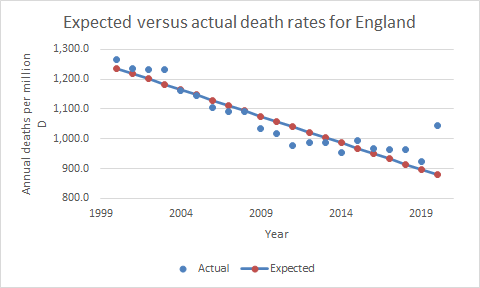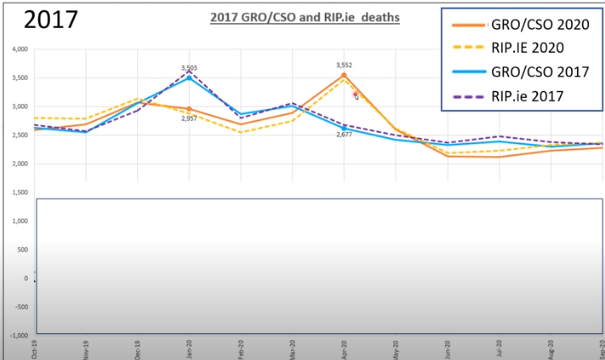
I sometimes wonder if philosophy is any use. Maybe it is just a source of entertainment for those who are interested while real life carries on in a different universe. Then I started to follow the lockdown debate and it suddenly became relevant. For example, it helped me sort the difference between a model of lockdowns as a law of nature and lockdowns as an intervention into a complex system – as described in my previous post. It is also helps me (and presumably others) separate different questions and the appropriate way to answer them – a core philosophy skill.
When it comes to lockdowns I see three questions that can easily get confused.
- Do lockdowns work in the sense of significantly lowering the infection rate when an epidemic threatens to get out of control?
- Are lockdowns necessary? They may well work, but they aren’t necessary if there are other effective methods of lowering the infection rate or if the rate would have dropped anyway.
- Are lockdowns are good idea? Even if they are necessary for lowering for infection rate, the costs may be so high they are not a good idea.
The answer to 1) is almost certainly “yes”. There are countless cases round the world where there has been a Covid outbreak, the authorities have responded with a lockdown, and the outbreak has peaked after a few weeks. I am not aware of any examples where there has been a lockdown and the outbreak has continued regardless. Of course correlation is not causation but we also have a very convincing account of why a lockdown would reverse an outbreak – viruses grow through by passing from one human to another and lockdowns limit human contact a great deal.
The answer 2) seems to me to be “it depends on the context” and “how long are you prepared to wait?”. There are several examples where Covid outbreaks have peaked without a lockdown (Sweden? South Dakota?) and all other virus outbreaks, e.g. flu, have eventually peaked without a lockdown. The reasons seem to vary: change in the weather, local herd immunity, the community changing its behaviour. The trouble is for a decision maker these are hard to predict and may take a very long time. If you have an outbreak in November, you are unlikely to let it rip in the expectation that the weather will turn things around in April. On the other hand if you have an outbreak in March you might take the risk.
The answer to 3) is even more dependent on context and even more complicated. I don’t think we will really know the answer until we see the long term consequences of the lockdowns and the outbreaks. However, I have noticed that discussions often use the wrong sort of evidence. They weigh the harm done by the outbreak – chiefly in terms of excess deaths – against the harms done by the lockdown – economic, mental health etc. What they should be doing is weighing the harms done by the decision to lockdown against the best estimate of harms that would have been done by not locking down. If the lockdown was actually not necessary (see question 2) then this is a no-brainer – clearly the decision to lockdown was a mistake – but if the answer to question 2 is yes, the lockdown was necessary, then we should be balancing harms done by lockdown plus harms done by actual outbreak against estimate of harms done if no lockdown.
This has some interesting consequences for what is appropriate evidence. The more deaths, and the higher the rate of growth of deaths, before the lockdown, the stronger the case for a lockdown, as that is evidence for more deaths if the lockdown had not been implemented. However, the more deaths that occur after the lockdown has been implemented, the weaker the case for a lockdown. These are deaths the lockdown failed to prevent. The same applies to indirect deaths as a result e.g. of having to defer cancer diagnosis. Those that resulted from deferred diagnoses before the lockdown count as evidence for what would have happened without the lockdown. Those that resulted from deferred diagnoses after the lockdown count against the lockdown. Even though the actual deaths may occur months or years later.
I don’t these distinctions being made in most debate on the subject – philosophy recommended!





